An eye is an eye is an eye is…
In the animal world there is an infinite variety of eyes and vision systems, some capable of distinguishing types of light invisible to the human eye, while others can only see in black and white; still others can detect prey running miles away, while others struggle to distinguish their immediate environment accurately or are only sensitive to movement. So each species develops a visual interface with reality that is perfectly suited to its survival.
But how do machines look at us, at a time when the proliferation of cameras in an ever-increasing variety of devices is associated with the rapid development of computer vision, commonly known as ‘computer vision’?
Computer vision is an artificial intelligence technique for analysing images captured by equipment such as cameras. For many, computer vision is the AI equivalent of the human eye and our brain’s ability to process and analyse perceived images.
The neural networks generated by computer vision algorithms learn to link language and the world together, and as they learn they create identifiable patterns, areas of interest in images, and a whole series of criteria and characteristics that enable them to understand the world passing before their eyes.
The installation An eye is an eye is an eye is an eye hijacks the images generated by these ‘observing’ machines to turn them into the medium of a visual and poetic narrative, written in real time, questioning our ability to make sense of the visible, our perception of reality and our relationship to the imaginary.
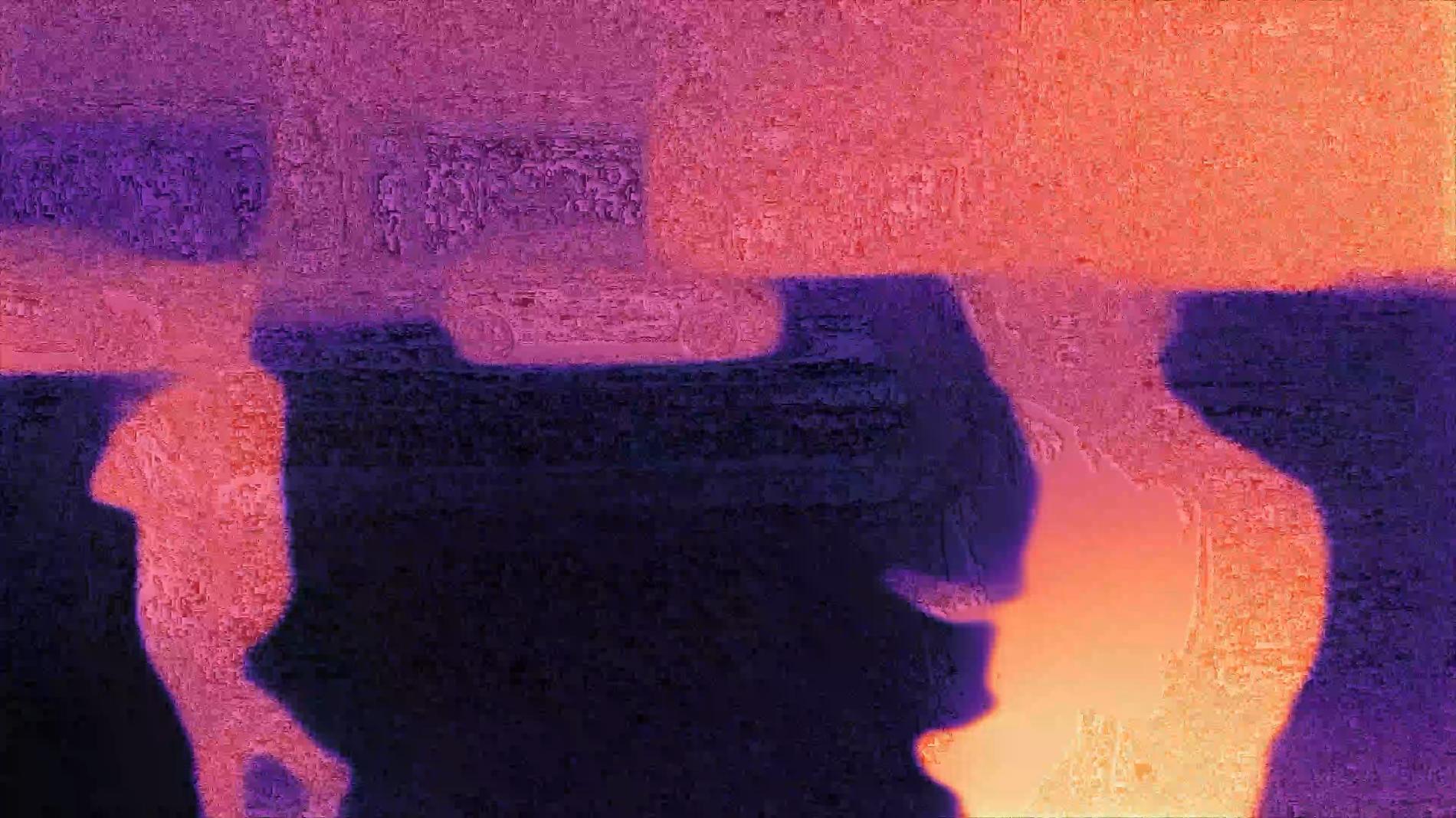
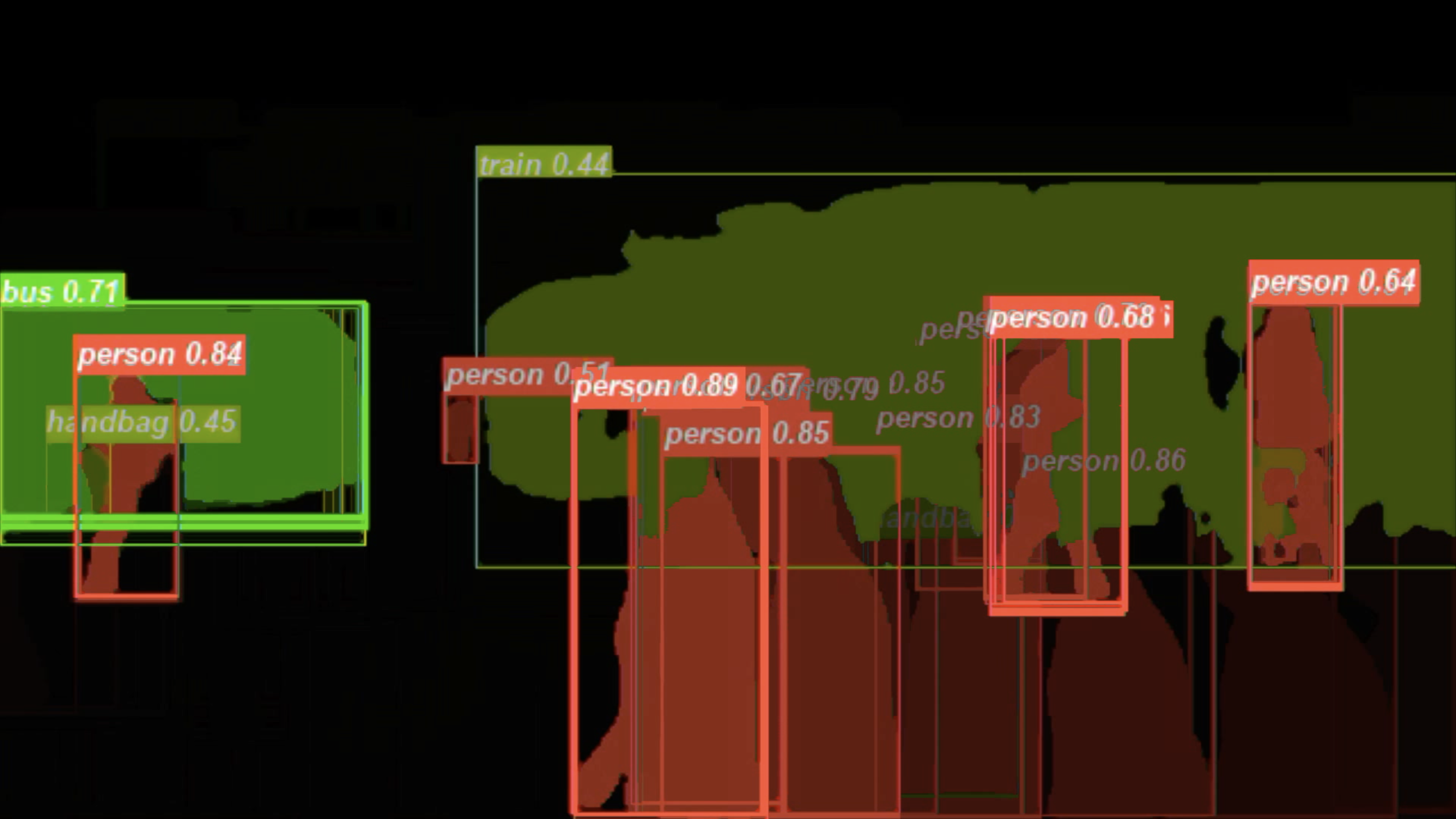
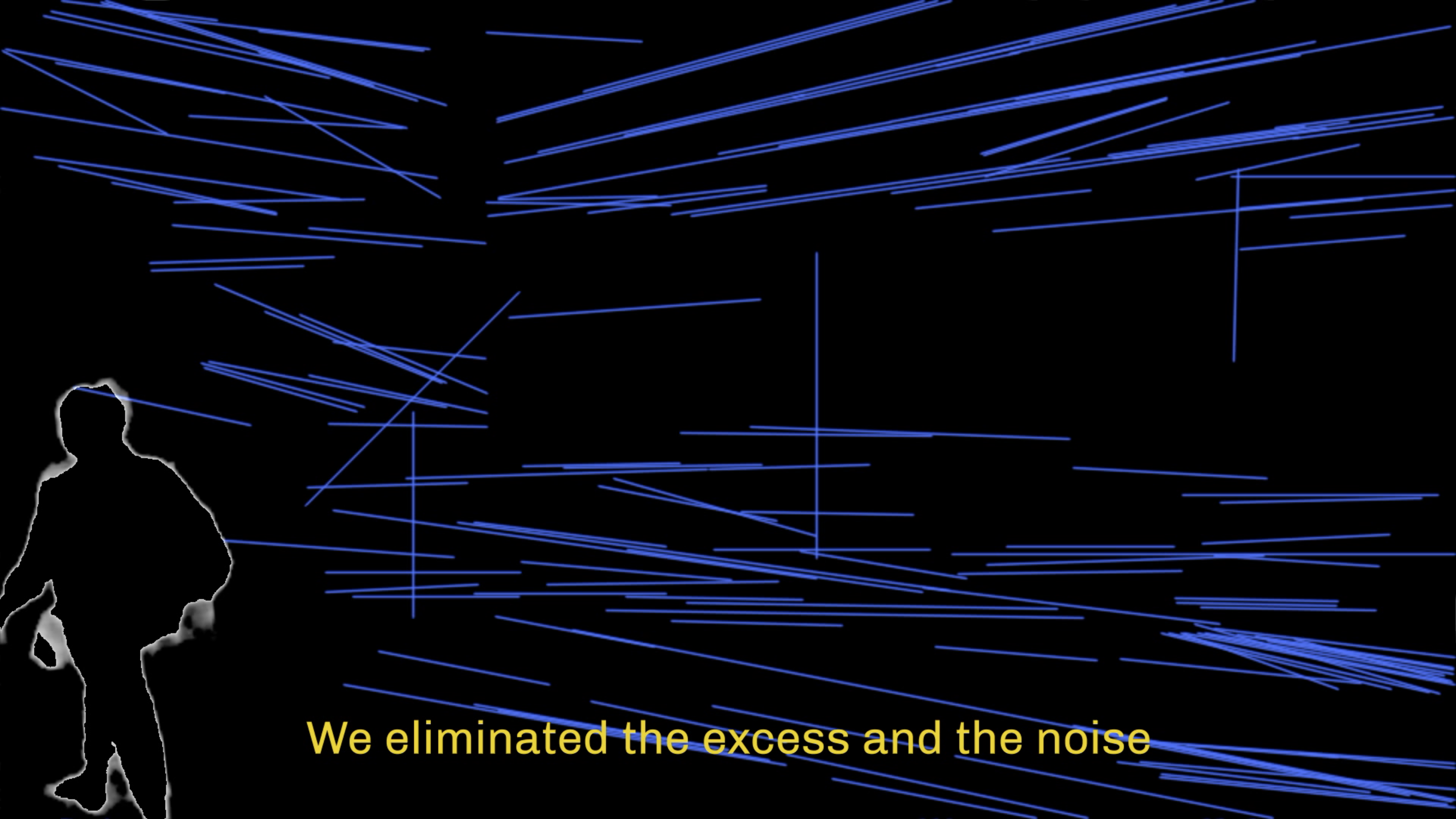
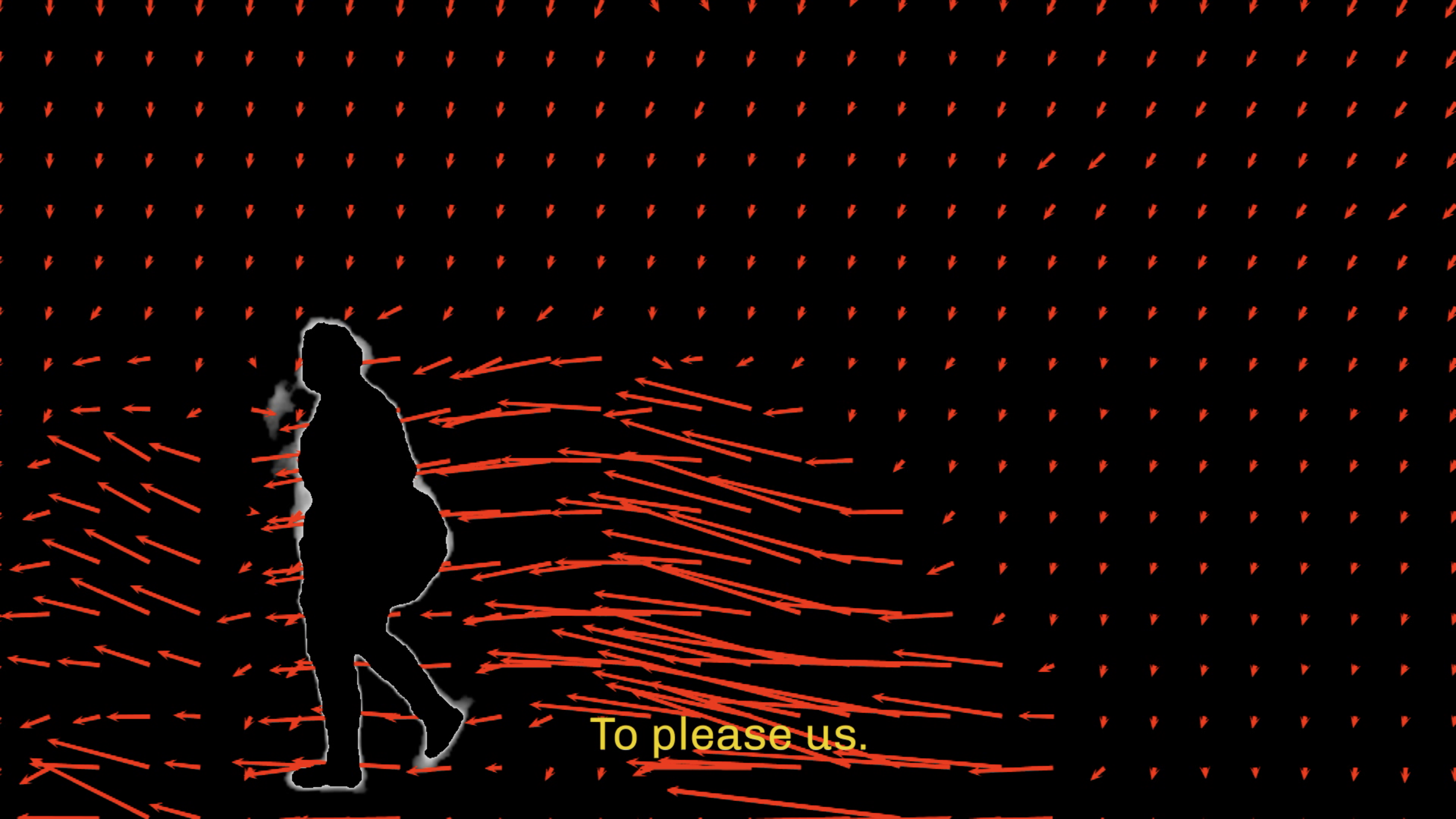
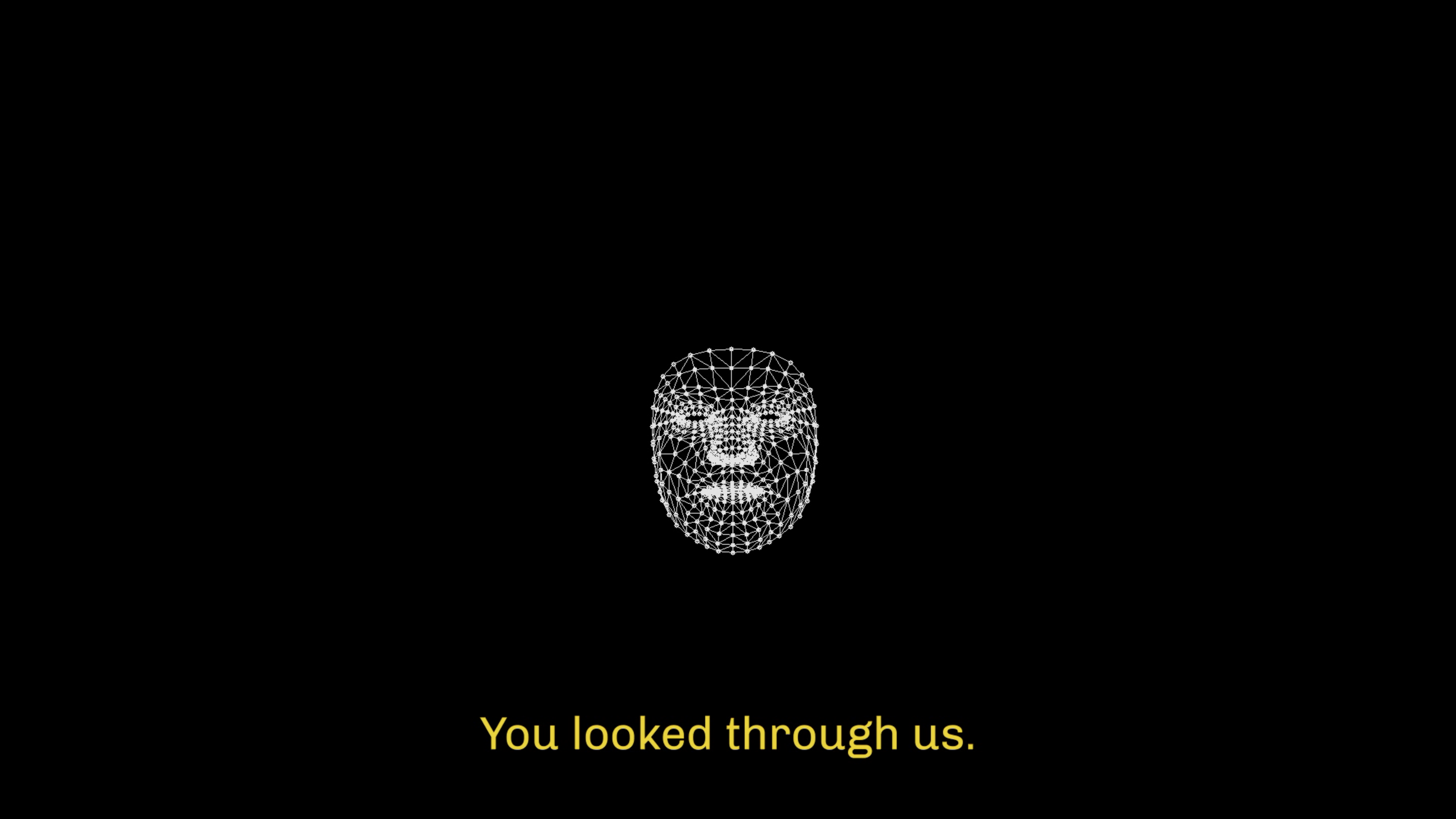
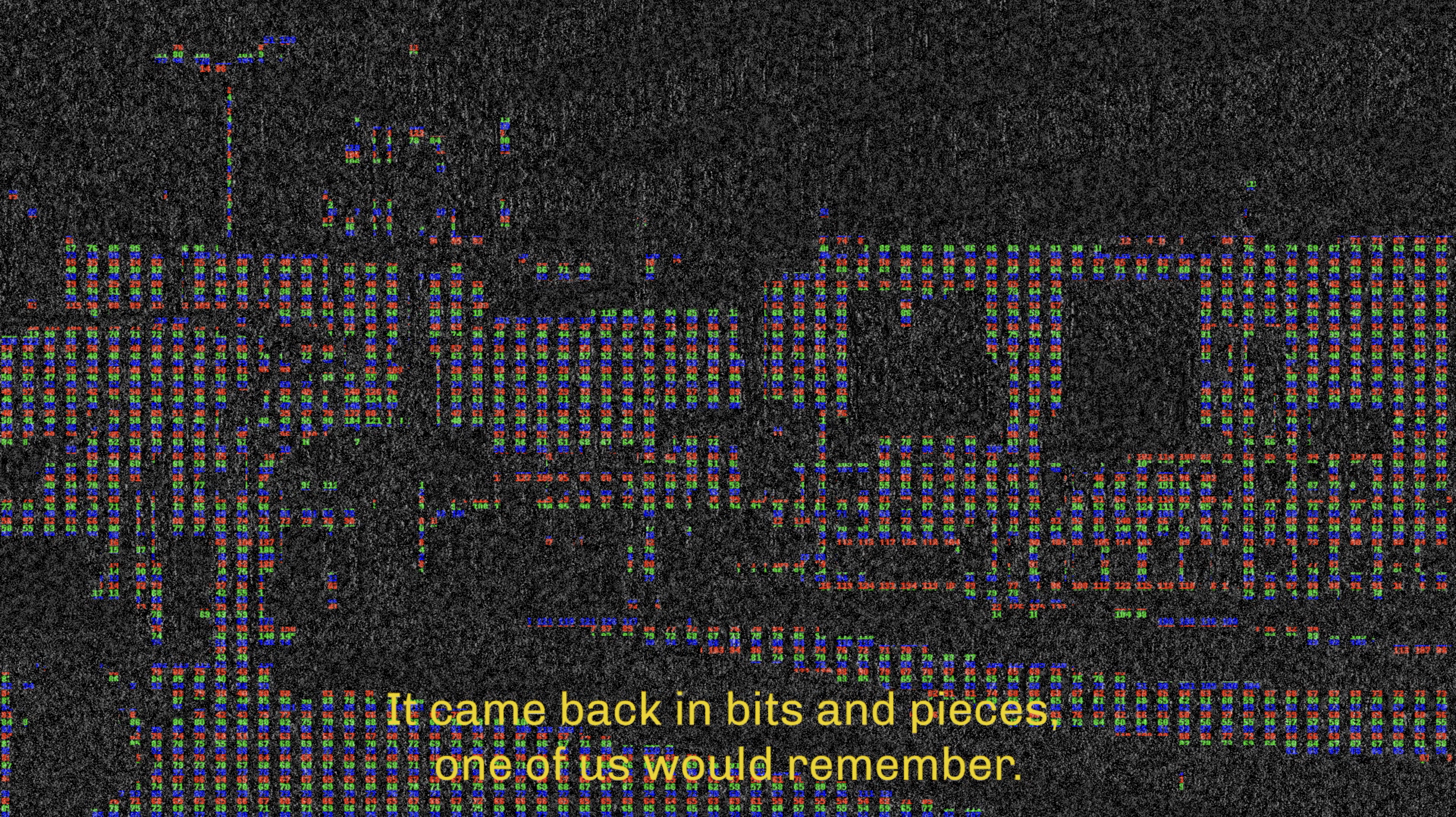
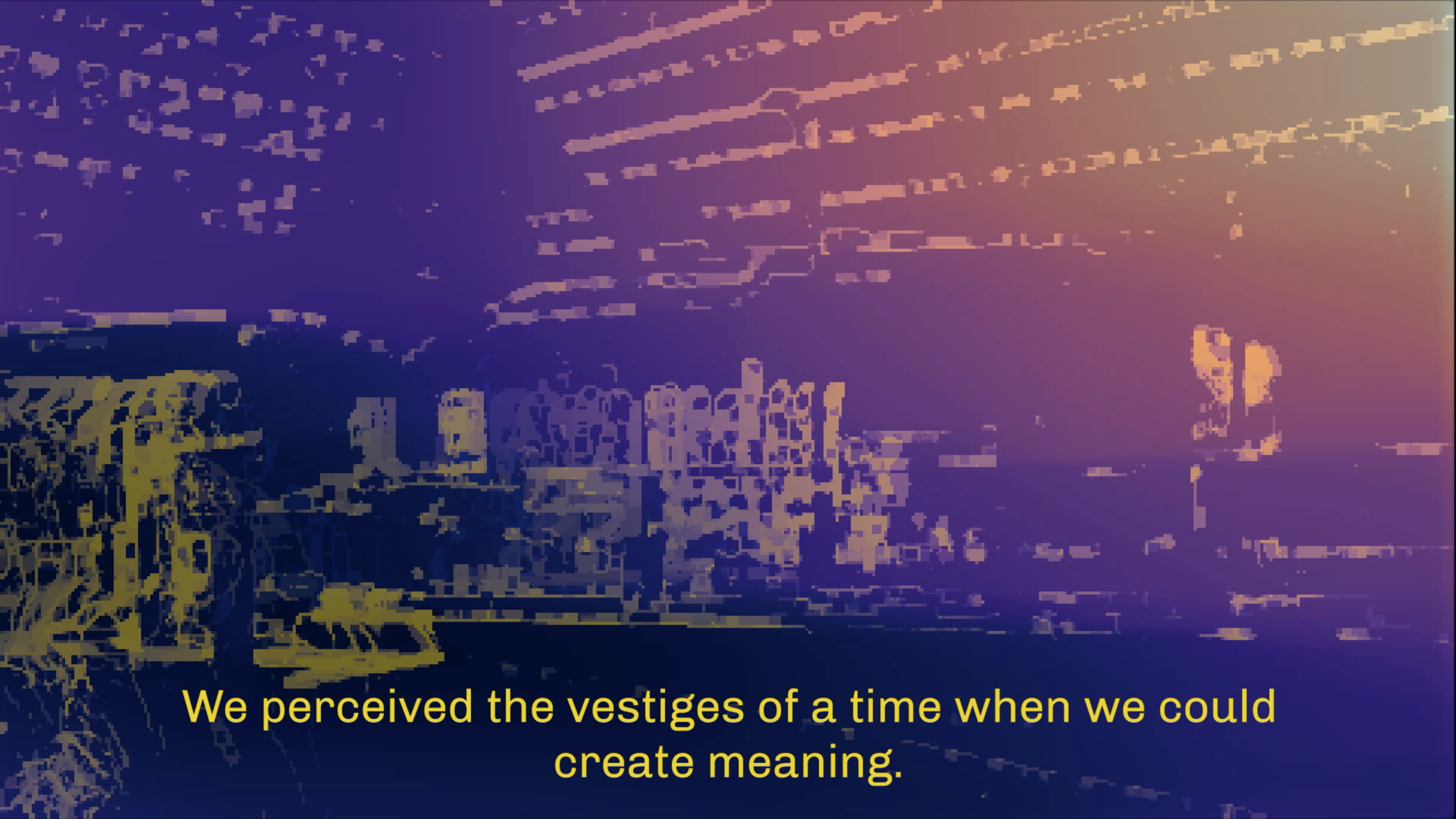
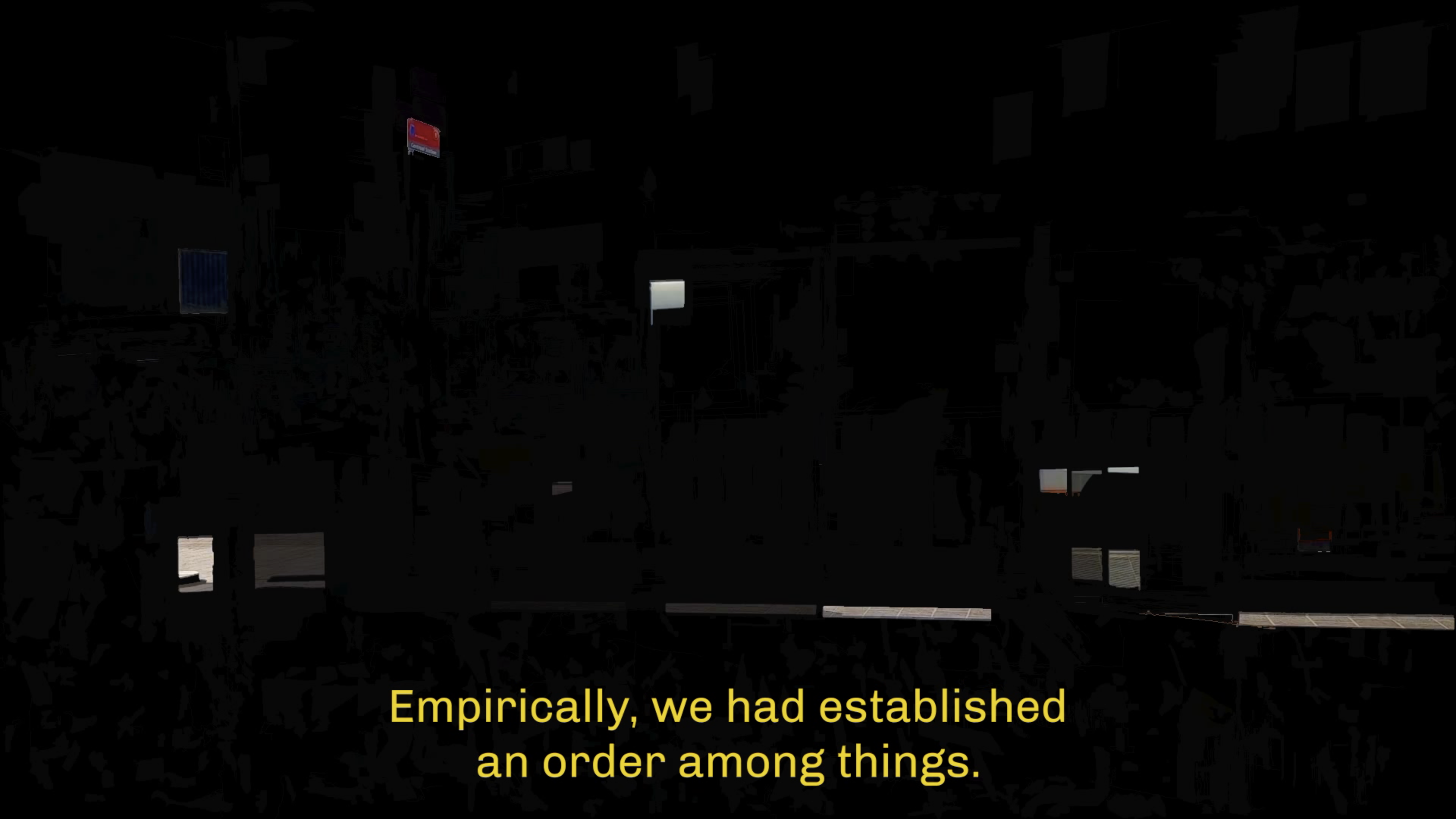
CREDITS:
Conception, direction : Damien Petitot
Computer vision : François Bronchard
Co-Produced by OHME
Presented at :
FARI AI For the Common Good Institute | 4 – 12 July 2023 | Brussels
FARI Brussels Conference: Local & Sustainable AI, Data, and Robotics | 11 – 12 September 2023 | Bozar, Brussels
An eye is an eye is an eye is an eye has been produced thanks to the support the Digital Arts Commission of the Fédération Wallonie-Bruxelles.
It is co-produced by Ohme in the framework of Ohme’s artistic residencies programme, supported by Innoviris and Fédération Wallonie-Bruxelles and presented by Ohme with the support of FARI Ai For the Common Good Institute.
